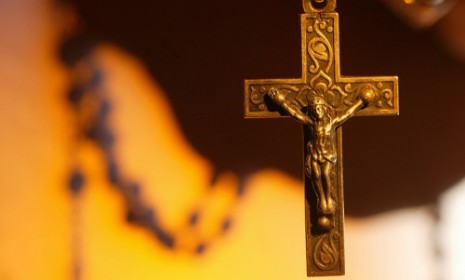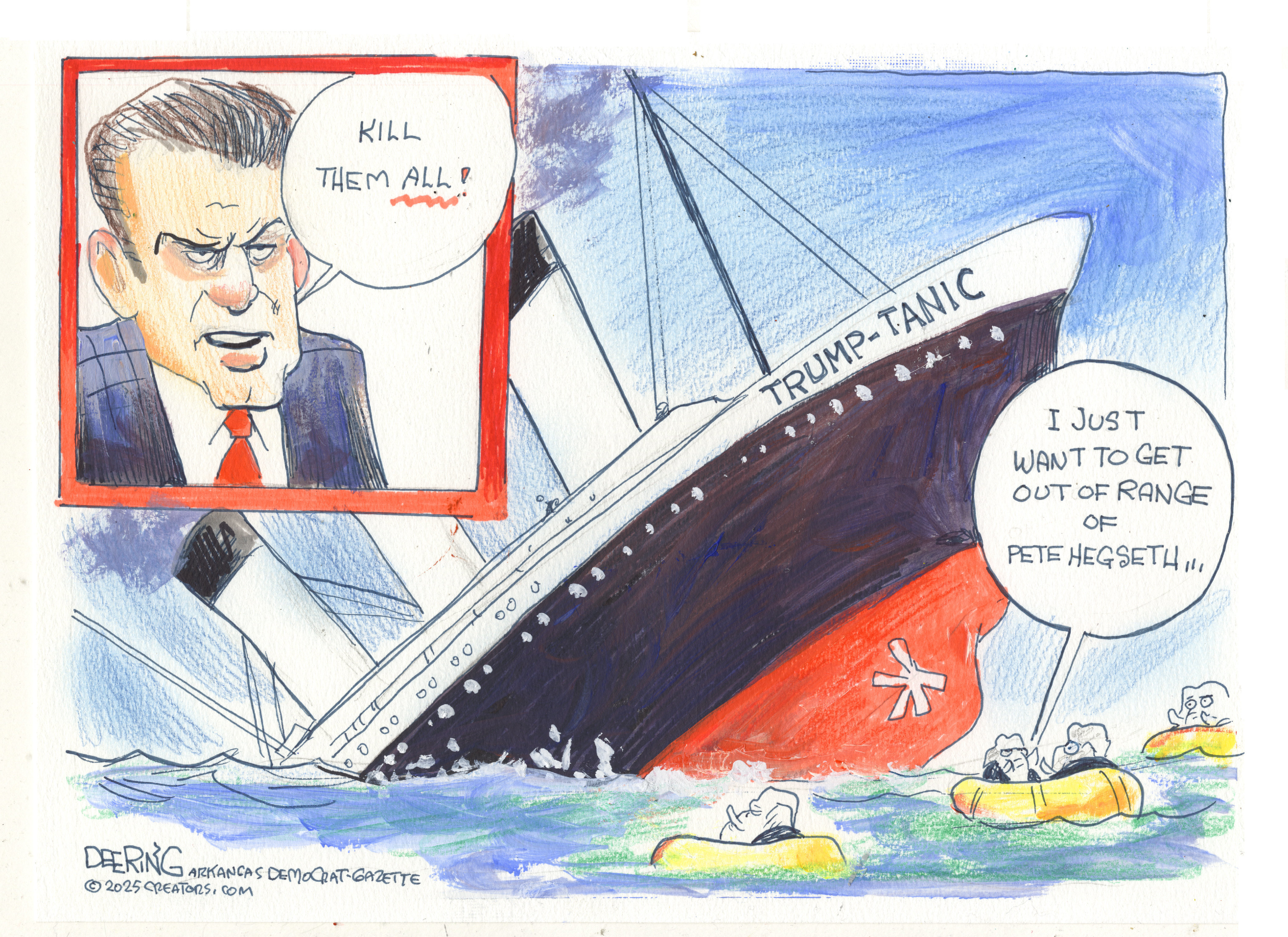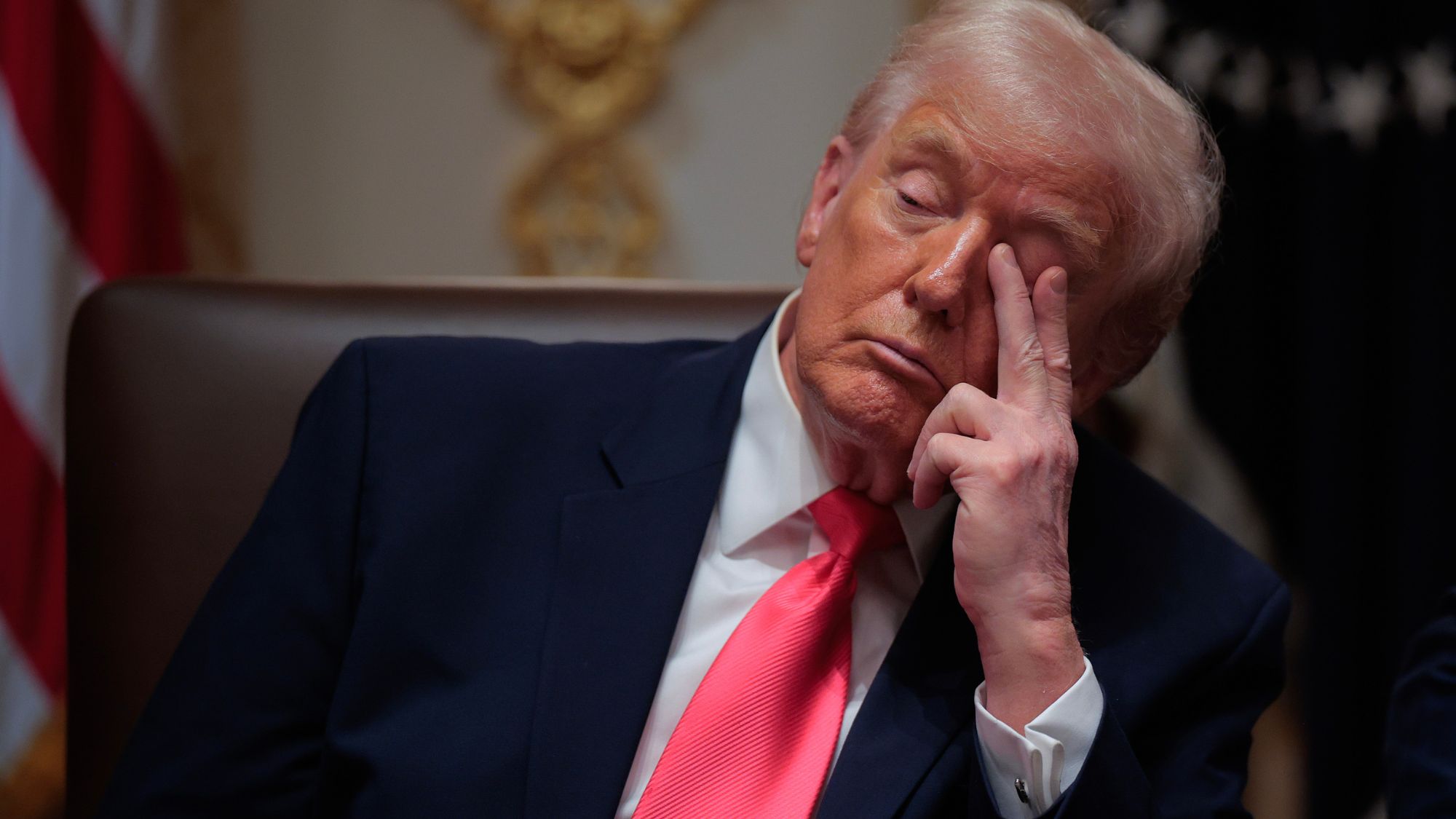Catholics in crisis
Reeling from sex-abuse scandals, the Roman Catholic Church is losing members in droves. Can it stem the decline?

How severe is the crisis?
It’s “the largest institutional crisis in centuries, possibly in church history,” says the National Catholic Reporter. Worldwide, the Roman Catholic Church now has 1.1 billion members, compared with 1.5 billion Muslims and 593 million Protestants. In the U.S., all the major denominations have seen their numbers decline in recent years, but the Catholic Church has taken the biggest hit. Since the 1960s, four American-born Catholics have left the church for every one who has converted, according to a 2009 Pew study. In 2008 alone, Catholic membership declined by 400,000. More than 1,000 parishes have closed since 1995, and the number of priests has fallen from about 49,000 to 40,000 during that same period. Some 3,400 Catholic parishes in the U.S. now lack a resident priest. “Catholicism is in decline across America,” says sociologist David Carlin.
What about in Europe?
The Week
Escape your echo chamber. Get the facts behind the news, plus analysis from multiple perspectives.

Sign up for The Week's Free Newsletters
From our morning news briefing to a weekly Good News Newsletter, get the best of The Week delivered directly to your inbox.
From our morning news briefing to a weekly Good News Newsletter, get the best of The Week delivered directly to your inbox.
The situation there is even more dire, especially in the most historically devout countries. In 1991, 84 percent of the Irish population attended Mass at least once a week. Today the weekly attendance figure is less than 50 percent. In Spain, 81 percent of the population identifies itself as Catholic, but two-thirds say they seldom or never attend services. And the priest shortage is acute—in England and Wales, the church ordained only 16 clergy members in all of 2009.
What sparked this decline?
Its roots actually trace back to the 1960s, when a split developed over the reforms introduced by Pope John XXIII. Dismayed by the pope’s calls for more participation by laypeople in church affairs, many tradition-minded bishops and cardinals defended the centrality of Rome and frowned on the social activism of priests that was unleashed by the reforms, known as Vatican II. After Pope John’s death, in 1963, the traditionalists increased their power within the Vatican, culminating with the elevation of John Paul II to the papacy, in 1978. He undid many of his predecessor’s reforms, and millions of liberal Catholics drifted away, fed up with what they saw as Vatican authoritarianism as well as its unstinting opposition to abortion and artificial contraception.
Have the sex scandals hurt?
A free daily email with the biggest news stories of the day – and the best features from TheWeek.com
They’ve only accelerated the decline. In the mid-1990s, when the first wave of abuse charges surfaced, church attendance in the U.S. dropped, leveling off at around 35 percent of self-described Catholics. The new wave of scandals has perhaps struck an even deeper nerve, since it involves higher-level authorities—including Pope Benedict XVI himself—allegedly covering up abuses by allowing known pedophiles to continue to serve as priests and, in many cases, work with children. In Latin America, the church has been rocked by abuse scandals in Mexico and Brazil, even as it tries to stanch the flow of defectors to evangelical Protestant churches. In Germany, more than 1,200 people in just one city, Würzburg, quit the church in March, following a cascade of reports of sexual abuse and sadistic punishment of children in Catholic schools. In Ireland, government reports detailing decades of “endemic” abuse by clerics have turned many young people away from the church. “How can you believe in religion with all this going on?” asks Dubliner Adam Cunningham, 18.
Are there any bright spots?
Yes—Africa and Asia. The African church has grown from 55 million in 1978 to 150 million today. “The church has provided, in many cases, the voice that stands on behalf of the voiceless,” says the Rev. Emmanuel Katongole, a leader in the Ugandan church. In Asia, church membership increased 80 percent since 1978, while the number of priests rose 74 percent. In fact, Africa and Asia now supply priests to the rest of the world, with about 300 coming to U.S. parishes every year. But the church faces problems in the developing world, too. Evangelical Protestantism is making inroads, and many African priests live openly with wives and children, in defiance of the Vatican’s celibacy requirement.
Can the church reverse its slide?
Catholics of all stripes say yes, though many believe any revival would come from the bottom up. A growing movement in the U.S. is trying to re-establish the local parish—rather than Rome—as the center of Catholic life. In Renewing Parish Culture, Jesuit priest John Pideret argues that greater participation by women—who are barred from the priesthood—may be the key to a comeback. Looking back at the U.S. church in the 19th century, he says that with a greater role in parish life, nuns “made deft dynamic adjustments, recruited effectively, exercised financial realism, and promoted growth and competition.” Historian and journalist Garry Wills, a devout Catholic, also sees the church’s salvation coming from the pews. “The church is the people of God,” he says. “It’s the hierarchy that’s out of touch with the people of God, and they’ve got to get back in touch.”
Addition by subtraction
Not every Catholic is troubled by the church’s dwindling membership. According to some conservative priests and thinkers, the sex scandals and conflicts with the Vatican have shaken out the fair-weather believers. The conservatives want a return to the Latin Mass and an end to challenges to the Vatican’s authority. A return to tradition would likely result in “a smaller but much more fervent and evangelizing church,” says the Rev. John McCloskey, a former Wall Street executive who’s an outspoken advocate of the traditionalist movement. The shrinkage would be only temporary, he says, since as liberals left the church, it would be strengthened by the core of tradition-minded Catholics who obey the church’s ban on contraceptives and rear large families. Such families would inevitably produce more sons, some of whom would enter the priesthood. Thanks to a conservative renaissance, says McCloskey, “the church in America may well be on the cusp of a more vibrant era.”
-
 Political cartoons for December 7
Political cartoons for December 7Cartoons Sunday’s political cartoons include the Trump-tanic, AI Santa, and the search for a moderate Republican
-
 Trump’s poll collapse: can he stop the slide?
Trump’s poll collapse: can he stop the slide?Talking Point President who promised to ease cost-of-living has found that US economic woes can’t be solved ‘via executive fiat’
-
 Sudoku hard: December 7, 2025
Sudoku hard: December 7, 2025The daily hard sudoku puzzle from The Week